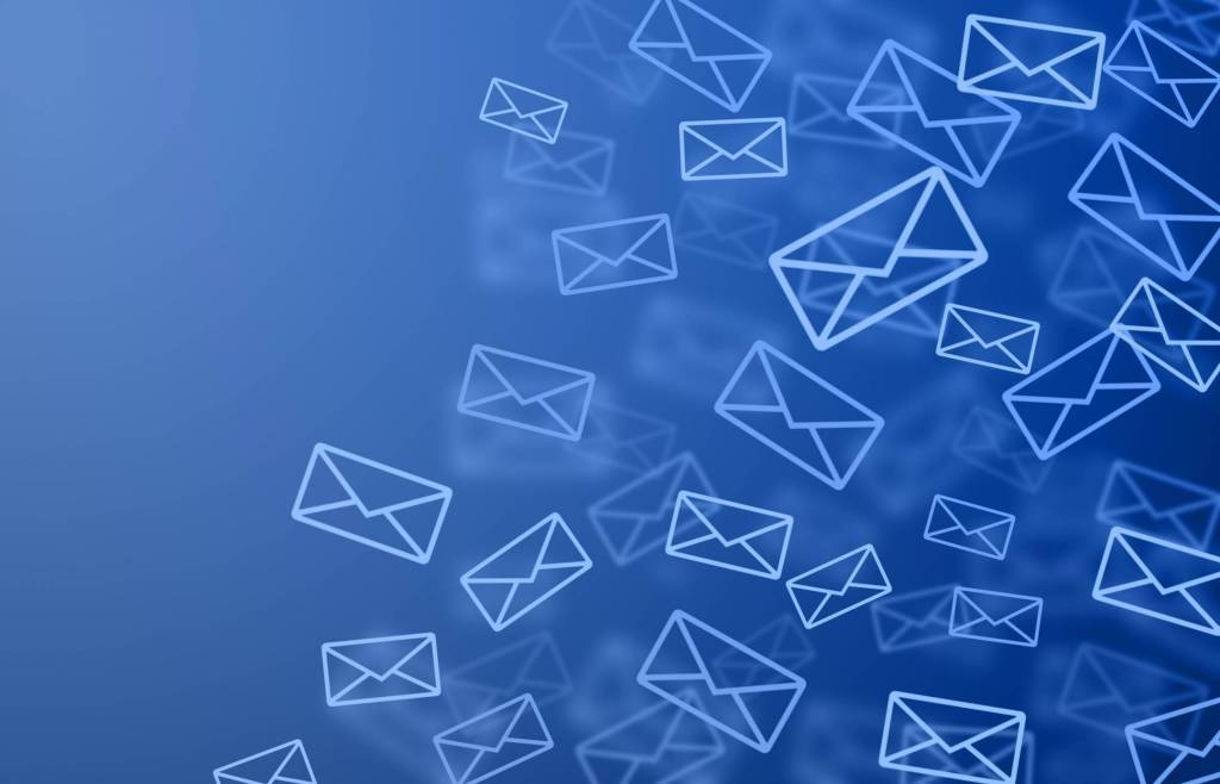

Plain Text Email Marketing
205 billion emails are sent every day. On average, you’ll receive 121 of those in the next 24 hours.
There’s no doubt that email continues to dominate business life. Despite the rise of messaging apps like Slack, email is the primary form of communication for most professionals.
From a marketing perspective, email marketing continues to evolve. Email softwares like MailChimp, Emma, and Constant Contact are making advanced email marketing accessible to smaller businesses.
The overall trend in email marketing over the past few years has focused on personalization and design. Personalization has been built off advanced email automation, where customers are separated into more specific lists and sent emails that are tailored to their background, interests, purchase histories, and more.
Trends in email design are generally focused on what an email looks like. There’s been a number of advances in email design, including:
- Animated .gifs being used to attract attention. This is becoming a fairly main-stream practice.
- Experiments with embedding videos into emails are ongoing. This is likely to become commonplace in the next three years.
- Emojis are being used to decorate subject lines and make them stand out against white email inboxes.
- Email builders like MailChimp are used by almost all sizes of business, making designing visual emails filled with images easy.
- Email builders encourage people to use images and visuals in the emails they create on the platforms.
There’s nothing wrong with beautiful email designs. They can increase click-through-rates immediately, increase open rates over time, build customer loyalty, and help you grow your ROI from your email marketing.
But in an effort to continue to make your emails stand-out, you might be looking the wrong direction. That’s because plain text emails have become an effective tactic in email marketing recently.
Plain text emails are those without any fancy templates, columns, or buttons. They might have in-line images, but are often literally just plain text and links.
Many marketers are choosing to shift some or all of their email campaigns to plain-text format.
Why plain text emails make sense.
There are a number of reasons plain text emails aren’t just a retreat into late 1990s email, but instead a forward-thinking approach to email marketing:
- They’re different - for customers receiving hundreds of image-heavy emails, a plain text email might stand out from the pack and prevent them from a quick press of the “delete” button.
- They put written content first - great copy grows business, builds brands, and communicates clearly your value proposition. Plain text emails will ensure your email lists focus on what you say, not just what you show.
- They’re quicker to create - to find the real ROI of your email marketing, you’d have to factor in the time it took you or your marketing team to plan, draft, finalize, build, and launch the emails. Plain text emails still require strategy (and even a traditional, print-layout design philosophy), but they can cut out a lot of time in building them (mainly from the time it takes to create custom assets for the emails)
- People often hate ads - as emails have gotten more and more visual, they’ve started to look less like emails and more like traditional banner ads (especially with added animations through .gifs or video!). Email is often viewed by customers as a more personal, one-on-one marketing channel. Plain text emails can feel like a more personal touch than an in-your-face sales email.
Who should consider plain text emails?
Plain text emails aren’t for every. Consumer brands with short acquisition processes and really visual products should probably avoid plain text emails. But we see a number of business models that might benefit from plain text email marketing:
- B2B businesses with long acquisition processes - use plain text emails to feel more personal and help you build a relationship with customers.
- Companies who primarily use email alongside content marketing - if your emails are mostly just ways to push people to blog content, a simple plain text email might be the most effective choice. Just describe the post and why that customer should read it.
- Companies whose competitors invest a lot into email marketing - if your competitors are blowing away your email game because of a large investment in design, stand out by going simple with your emails. It may give you the recognition you want for less effort!
- Real estate businesses - we’re pretty tired of real estate emails that show three potential house options with a photo of the front yard. A plain text email could give the link to a few listing along with an explanation for why those listings might be interesting.




